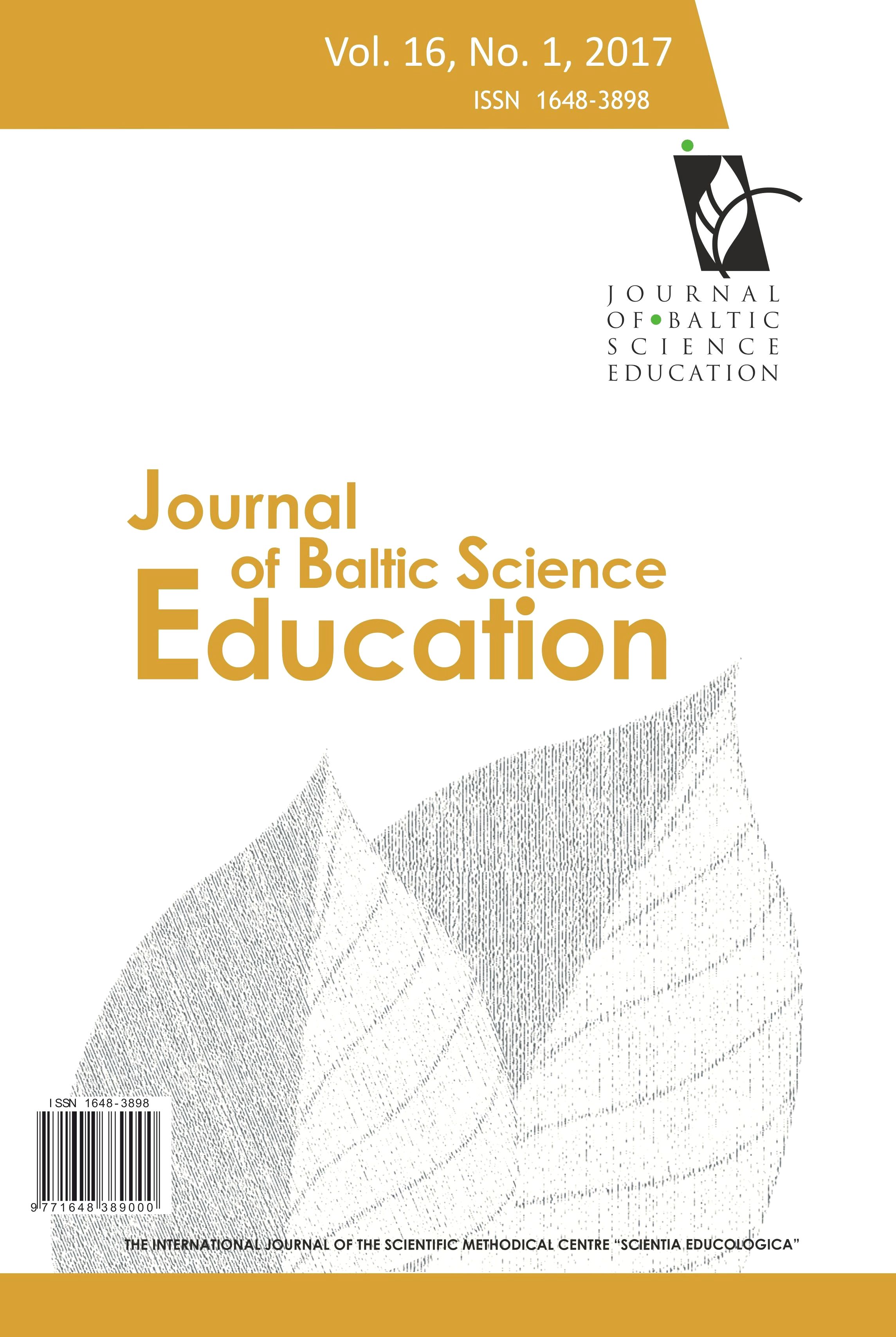THE WORLD OF PLANTS IN CHILDREN’S DRAWINGS: COLOR PREFERENCES AND THE EFFECT OF AGE AND GENDER ON THESE PREFERENCES
THE WORLD OF PLANTS IN CHILDREN’S DRAWINGS: COLOR PREFERENCES AND THE EFFECT OF AGE AND GENDER ON THESE PREFERENCES
Author(s): Berat AhiSubject(s): Education, School education
Published by: Scientia Socialis, UAB
Keywords: children’s’ drawing; plant world; biological knowledge; qualitative research; phenomenological model;
Summary/Abstract: Plants is a neglected topic in biology education. Educational activities about plants are important in early terms because they are the base of both the science and the biology education. The purpose of this research is to understand opinions of the children by utilizing drawings and the colors they used. It is run by the phenomenological model point of view in qualitative research method. In the scope of the research, researchers worked with 80 children (40 girls, 40 boys). Data of the research consist of children's drawings. In this context, A4 sized papers and crayons have been distributed to children and they have been asked to make drawings of plants. At the end of the research, it was found that there was a total of 21 different elements and that these elements were drawn 237 times in the children’s drawings. Moreover, no statistically significant dependence was particularly found between the elements of the sun, tree, flower, grass and rain, and age and gender. Similarly, while no significant correlation was found between the number of colors used in the drawings and age, a statistically significant correlation between the number of preferred colors and gender was found in favor of the girls. Furthermore, it was found that the children preferred light colors in their drawings. In light of the findings of the current research, it can be argued that science education given during the preschool period should be conducted by using methods, which are enjoyable and allow children to reflect the knowledge in their minds, for example, through drawings.
Journal: Journal of Baltic Science Education
- Issue Year: 16/2017
- Issue No: 1
- Page Range: 32-42
- Page Count: 11
- Language: English

